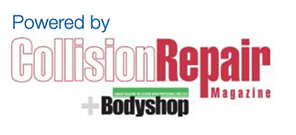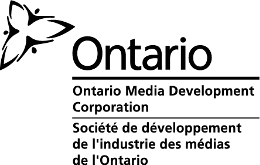Step 10: Getting Back on the Road
It can be extremely distressing to be involved in a collision. These things can happen to anybody, and you may find yourself nervous to get back behind the wheel of a car.
If you find yourself anxious about driving again:
- Take a deep breath, you’re going to be alright.
- It’s alright to take it slow; you can ease yourself back into driving.
- Don’t put it off too long. Driving is a big part of our lives.
If you were hurt at all during your collision, it is a very good idea to seek a doctors opinion about when you’re ready to get back on the road (and to take that advice). Your doctor may be able to refer you to a driver rehabilitation program if you need to attend one. Furthermore, depending on the nature of any injuries you may have received during your collision, you may be asked to take a driver re-examination and road test, particularly if your vision or motor control has been affected.
In some cases, you may need to look into adaptive driving aids.
With adaptive driving aids, most people can continue driving despite long-term physical injury. Adaptive driving aids include:
- Automatic transmission
- Electric gear selector
- Floor mounted steering
- Foot pedal extensions
- Hand controls
- Left foot accelerator
- Lifts and ramps
- Modified effort steering
- Power brakes
- Power seats
- Power steering
- Remote switches
- Right hand turn signal
- Seat belts
- Steering devices
- Wheelchair carriers
- Wheelchair/scooter lifts
- Your insurer will pay to repair vehicle damage.
- Your insurer will manage the relationship with the insurance company’s preferred repair shop.
- If your vehicle is made better than it was before the damage, you may have to contribute to the additional cost. For example, if a rusty door panel that is dented in a collision is replaced with one that is not rusty, you may be expected to contribute.
- You may choose to have additional work done on your auto that is not related to the collision damage. This is permissible, but the betterment work will be at your expense.
If the estimated repair cost plus the salvage value of the damaged vehicle exceeds the cash value of the vehicle before it was damaged, your insurer may decide to treat the vehicle as a write-off instead of paying to repair it.
If your insurer confirms that your vehicle is a write-off, you will receive a cash settlement based on the fair market value of your vehicle before it was damaged.
The insurer will pay you the pre-collision value of your auto, minus your deductible, and keep the salvage.
If your vehicle is less than 2 years old and your policy includes a limited waiver of depreciation clause, your insurer will reimburse you for the full value you paid for it.
You can use these funds to purchase a replacement vehicle. If you decide to have the repairs done at a repair shop that is not one of your insurer company’s “preferred shops,” you will be responsible for managing the repair.


